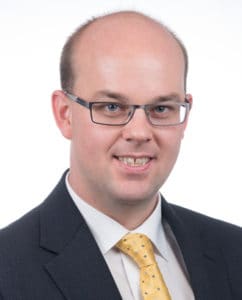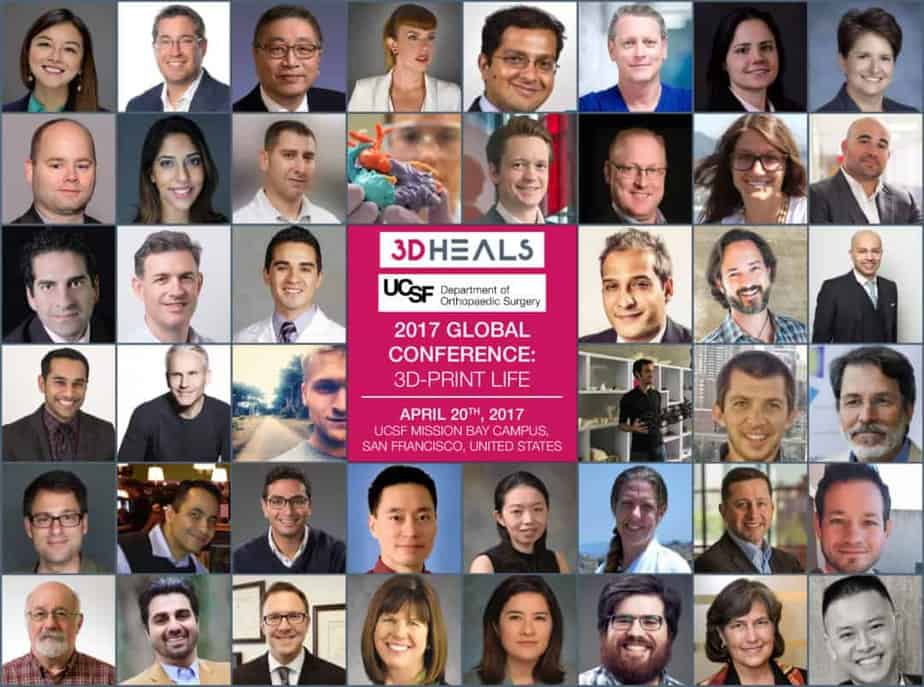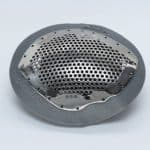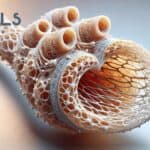
Dr. Underwood is a Manager in the Biomedical Engineering Practice at Exponent’s Philadelphia Office. He is a Chartered Engineer and Member of the Institution of Mechanical Engineers.He specializes in the tribological performance of mechanical systems and is an experienced metrologist.
Dr. Underwood is a Visiting Research Professor at the Implant Retrieval Center, Department of Biomedical Engineering and Health Systems at Drexel University. His research interests include the tribological performance of orthopedic devices and the effect of design, manufacturing, lubrication mechanisms, wear mechanisms, and surgical/patient factors on the in-vivo performance of orthopedic devices.Dr. Underwood is an active member of the ASTM, gives regular guest lectures, is a reviewer for several orthopedic and tribology journals, and has chaired sessions at international conferences. One of Dr. Underwood’s current interests is the application of additive manufacturing to medical devices.
Q: What is your vision on the intersection of 3D Printing and healthcare?
A: 3D Printing has the potential to disrupt the medical device landscape as we know it by allowing the mass customization of medical devices, taking manufacturing away from traditional factories and into the clinical environment.
In the future, traditional medical device companies will design customizable implants, where the key dimensions and parameters of the device can be modified locally by physicians within an overall design envelope. The medical device company will have developed and tested the device within the design envelope and will provide the necessary software and hardware to allow physicians to go directly from patient imaging to the final manufactured device.
Q: What inspired you to do what you do?
A: I have always wanted to know how things have worked since I was a child, and coming from a family of engineers it was natural that this curiosity would lead to me becoming a mechanical engineer. My time at the University, both as a student and researcher, has provided me with a skill set and passion to apply engineering principles to solve real life problems.
Q: What do you specialize in? What is your passion?
A: By training I am a mechanical engineer, and I am currently working in the biomedical engineering practice at Exponent, a scientific and engineering consulting company. Often working in multidisciplinary teams, I apply my engineering and scientific training and experience to solving the complex problems of our clients. I get a real buzz from helping our clients to achieve their goals.
Q: What is the biggest potential impact you see 3D printing having on the healthcare industry?
A: The adoption of additive manufacturing technologies in the health care industries depends a lot on the regulatory framework implemented by the FDA. The end goal — mass customization — will depend on companies developing a design and manufacturing processes that allow individual patient data to be used in the design and manufacturing of devices. If the standardization bodies such as the ASTM and ISO are able to develop the necessary standards to allow the safe application of this technology, and the FDA develops the framework to allow local manufacturing, the current manufacturing paradigm maybe turned upside down.
Q: What challenges do you see arising in implementing 3D printing in healthcare sector in the next 5 years?
A: Additive manufacture holds the promise of mass customization of medical devices, the possibility of doctors designing bespoke devices based on individual patient anatomy and then creating the device using a 3D printer in their office. However, in order to achieve this potential, it will be necessary to develop a whole new design and manufacturing eco system, within a framework of regulation from the FDA, covering the imaging, design, software, manufacturing, sterilization, and quality systems.
The challenge for engineers and clinicians will be to develop the tools and software to allow doctors to seamlessly customize standardized designs with an overall design envelope, based on patient imaging, perform the necessary design validation and verification, and then print the parts using the 3D printer in their office, which is also validated and verified. Finally, the finished part must be verified to ensure that the dimensions and material properties meet the design specifications. All of these processes must comply with the regulatory requirements and be documented.
Q: What is the best business lesson you have learned?
A: It is cliché, but to succeed you need to invest time and work hard.
Q: What is the biggest business risk you have taken?
A: After I finished my postdoctoral research at Imperial College London, I left the UK and moved to the US to start a job with Exponent. America is still the land of endless opportunities!
src=”




 Mar 22, 2017
Mar 22, 2017 






Comments